Sir David Attenborough reveals scenes that took his ‘breath away’ in Seven Worlds, One Planet
In an exclusive interview, 93-year-old Sir David Attenborough gives insight into his new series Seven Worlds, One Planet.
TV
Don't miss out on the headlines from TV. Followed categories will be added to My News.
He’s the voice of not one, not two, but multiple generations.
Sir David Attenborough is now 93, the same age as the Queen, but he is still the king of nature television.
He has been part of our lives for almost 70 years and he has shown no signs of retiring.
The television legend’s first show Zoo Quest went to air on the BBC in 1954, just two years after he joined the British public broadcaster.
He was part of so many Saturday and Sunday nights in Australia when his program screened in prime family times.
His programs are streamed regularly on Foxtel’s BBC Earth, and arguably his latest project — Seven Worlds , One Planet — is his best yet.
And after all this time, he can still be surprised by the world.
“There's a wonderful, wonderful creature called the golden-haired blue-faced snub nosed snow monkey,” Sir David said in London after a screening on the first episode of his latest series.
“I had never seen a film of it before. I had once read a scientific paper (about it) … I thought we must go and film that and that was back in the 60s. In the end I dropped it but I always had it in the back of my mind.
“And then blow me, this lot (his crew) pop and say we’ve got it, we’ve got it.”
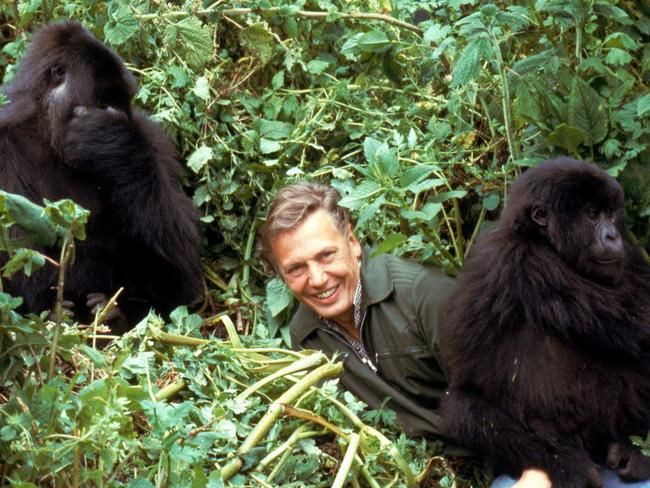
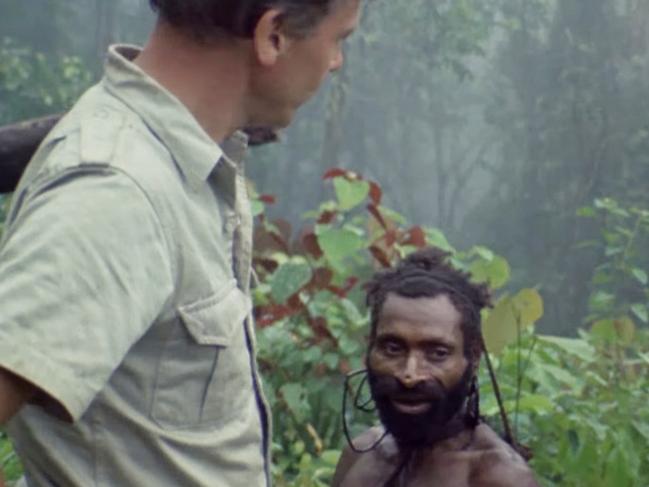
That sense of wonder at the world around him remains infectious and is one of the main reasons why more than 750 million people have seen his programs.
And they loved him when he was on stage at Glastonbury Music Festival, which is attended by more than 200,000 people, earlier this year.
Sir David’s latest series features all seven continents and how they have changed and evolved over time.
“Every one of the programs that follow have one or two sequences that take my breath away and have never been seen before,” he said.
The Australian-dedicated episode featured extraordinary footage of a dingo chasing a kangaroo.
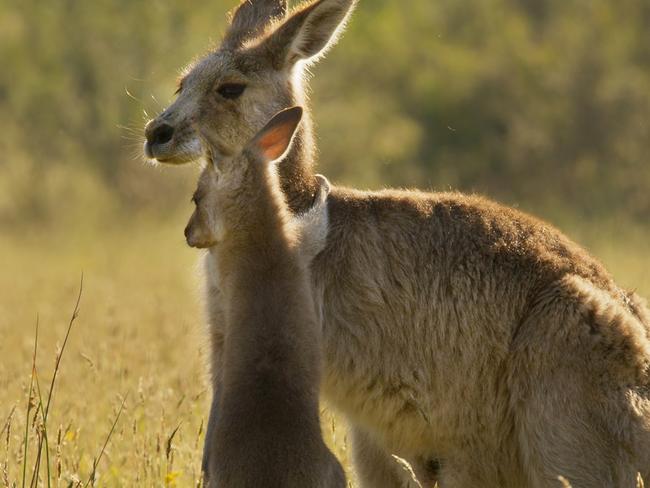
The drama was intense, and the images they capture of the kangaroos reaction to the dingo’s chase is poignant.
The camera team followed that dingo for 30km as it hunted for food, rarely has any production had such dedication and such a big budget.
The crew of 1500 undertook 80 film shoots in over 40 countries over four years to produce some outstanding television that will be watched live and streamed again and again.
Some shoots in Antarctica took seven weeks and of that time, at least 70 per cent of the days they were there, they were unable to fly drones that have been used to capture some of the extraordinary images.



Sir David, the world’s most famous whisperer, brought the natural environment into our lounge rooms and he has been campaigning for decades for people and politicians to do more to protect our world.
And, as well as his unrivalled library of television documentaries, he wants his legacy to be a solution to climate change.
“You can do more and more and more the longer you live but the best motto to think about is not waste things, don’t waste electricity, don’t waste paper, don’t waste food, live in the way you want to live but just don’t waste,” he said.


“Look after the natural world and the animals in it and the plants in it too this is their planet as well as ours.”
While lamenting the damage done, he added in an optimistic tone: “Our influence is everywhere and we have it in our hands and we made a tragic desperate mess of it so far but at last nations are coming together and recognising that we all live on the same planet so all these seven worlds are actually one and we are dependent on it for every mouthful of food we eat and every breath of air we take.”
Some scenes of his documentaries may seem too good to be true but Sir David said that he did not interfere with nature to get the shots.

“If it’s a penguin on ice floe and it gets into trouble you can move it, and maybe that’s OK but very often if you have a more complicated situation like a cheetah stalking a baby antelope if you interfere with it, if you dare to do so, you are likely to cause more trouble than not because if you frighten the cheetah away you will also frighten the little baby antelope and that will run away,” he said.
“The cheetah will be without its food so it goes and finds another one so you end up actually make more problems than if you let nature take its course because those baby cheetahs have got to feed too.
“It’s a very complicated system that you are poking into and you better be careful you know what you’re doing.”
MORE NEWS:
Most shocking moments of the decade
Christmas gadget gift guide 2019

While Sir David’s impact on nature television has been well documented, the Cambridge University educated TV star had a few more strings to his bow.
When he was the BBC’s Director of Programmes in 1969 he commissioned an off the wall comedy series – Monty Python’s Flying Circus.
The program and its Ministry of Silly Walks became an institution and catapulted stars John Cleese, Michael Palin, Terry Gilliam, Eric Idle, Graham Chapman and Terry Jones into superstardom.
His programs on hidden tribes are perhaps often overlooked, but he managed to find some hill people who had never before met westerners during his work in the 1970s when he went back to hands on television.


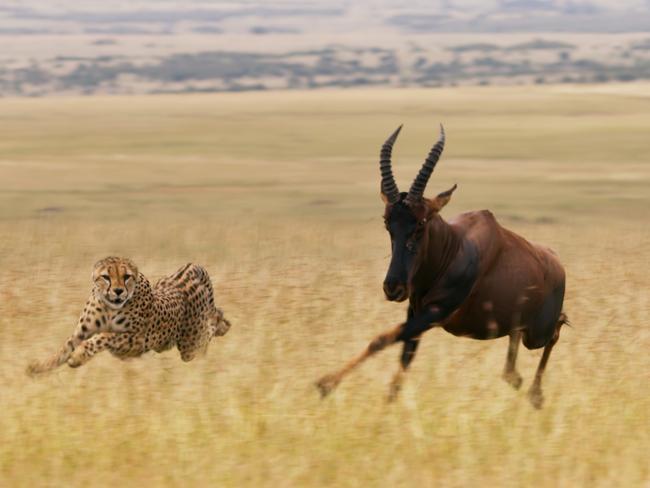
Sir David’s most recognisable television has been his nature documentaries and his encounter with rare mountain gorillas in 1979 gives an insight into his patience and love of animals.
The gorillas actually give him a hug as he crawls around the jungle imitating their actions.
What stands out watching the old footage is how much cameras have improved.
The crisp, clear pictures, with microscopic details of animals as small as a grasshopper or a spider are exceptional.
There have been reports that Sir David’s health may be starting to fail, but he’s working harder than most and has two more projects in production.
Extinction: The Facts will air on British television next year, centred around endangered animals across the globe.
His other project, due for release in 2021, is called Life in Colour and will be done hand in glove with a Sydney company SeaLight Pictures.
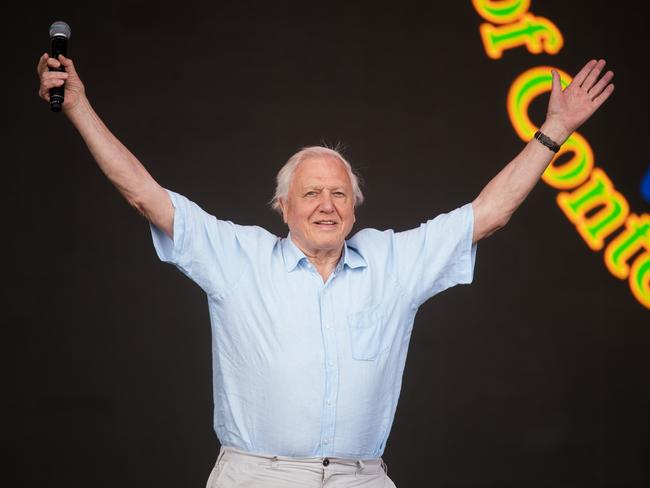
The program will focus on how animals use colour to help them survive and will feature specially designed cameras to reveal colours that have never before been seen by the human eye.
The BBC and Netflix co-production will be one of the most ambitious yet.
Not bad for a man who will be turning 95 when the show airs.
He said that his campaigns have finally come into fashion after ringing the bell for decades.
“I don’t think I’ve made a series in the last 40 years where I haven’t made at the end an appeal about caring for the natural world,” he said.
“People I dare say thought that we were cranks or something.
“Suddenly for no reason that I can understand, because the message has been the same, and I have said it in the same sort of way suddenly you hit the right note.
“What makes them ring the bell, as you might say, is very difficult to say. I dare say if we knew exactly how to do it, we would do it more frequently but we don’t.”
Originally published as Sir David Attenborough reveals scenes that took his ‘breath away’ in Seven Worlds, One Planet


